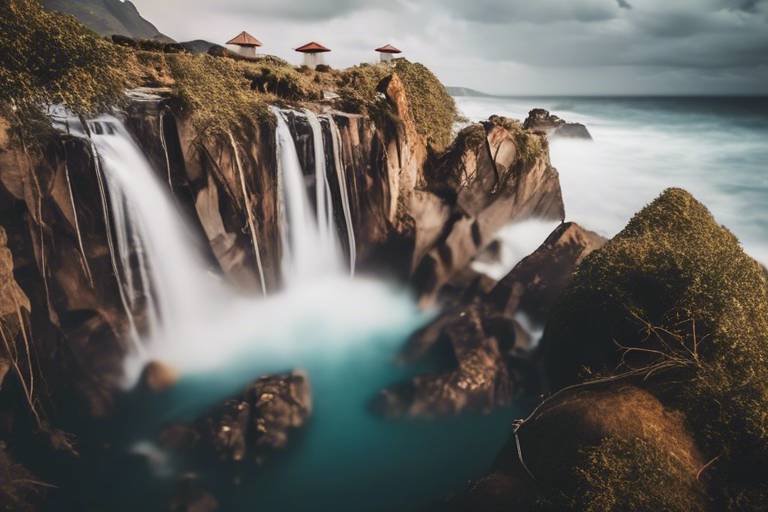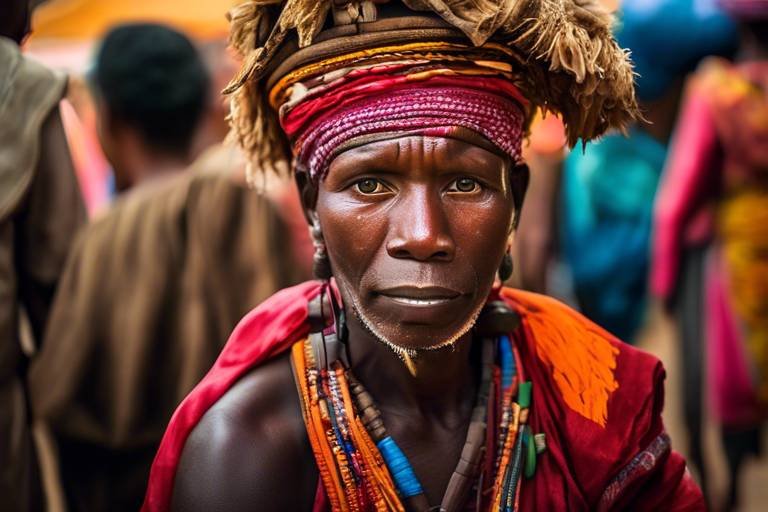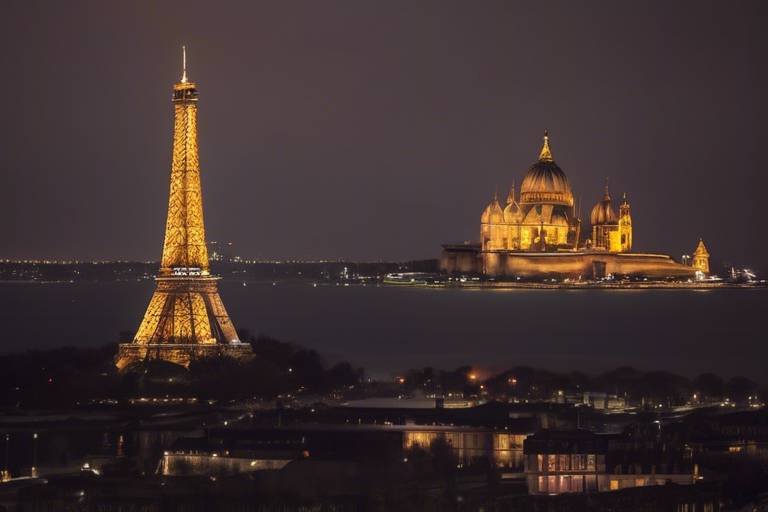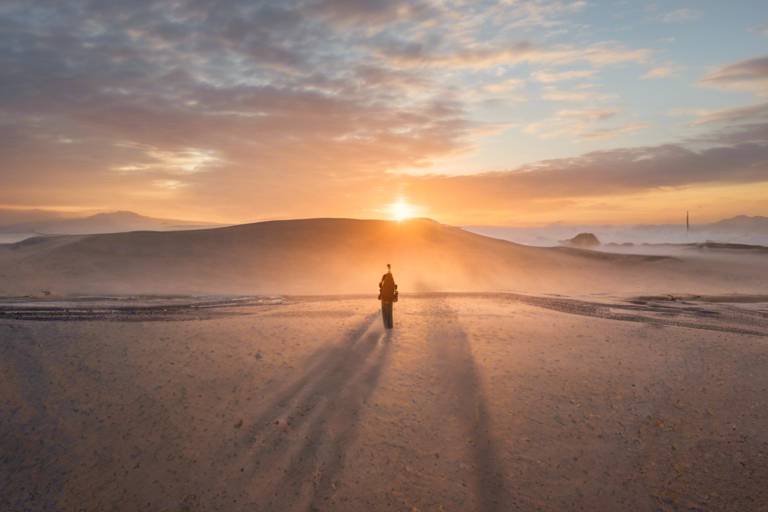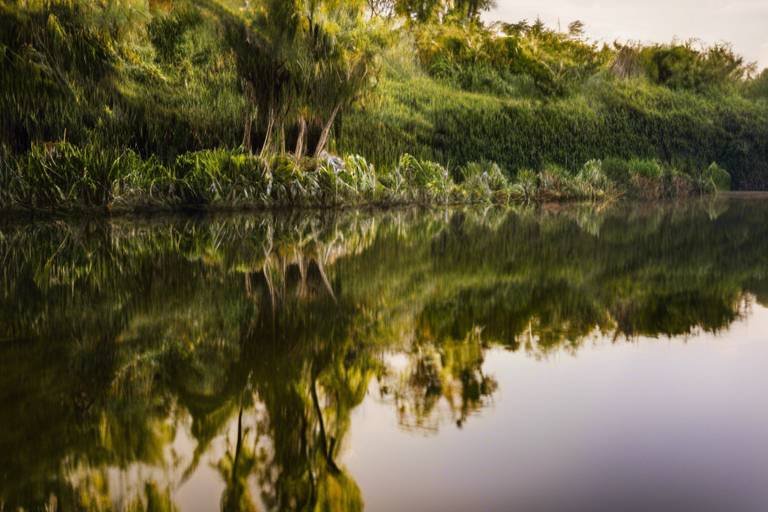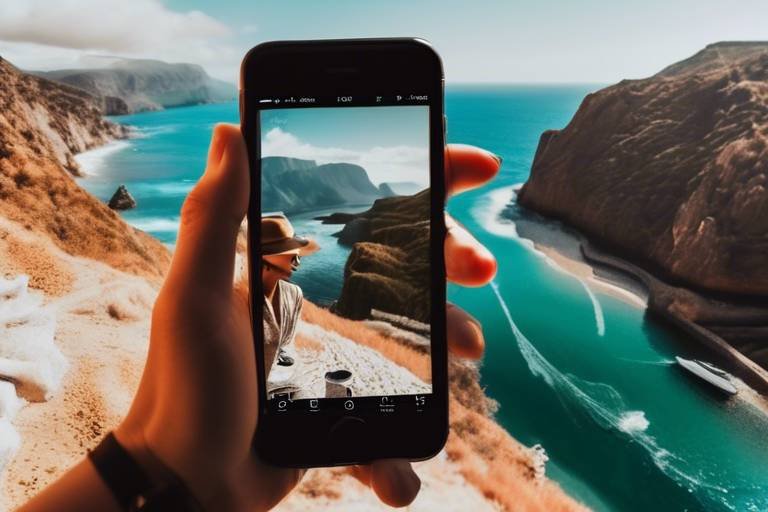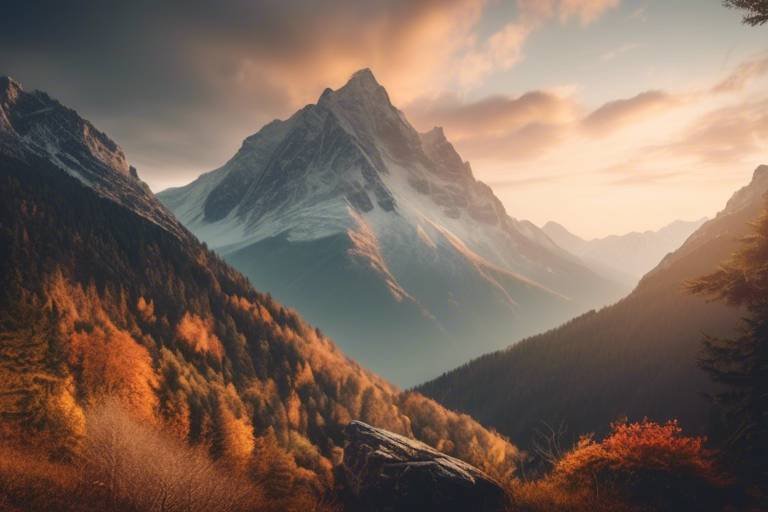How to Use Different Angles to Enhance Your Travel Photography
Exploring various angles can significantly improve the quality and creativity of your travel photography. This article will delve into different angles you can use to capture stunning and unique travel photos.
When it comes to enhancing your travel photography, utilizing different angles can truly elevate your images to a whole new level. By experimenting with various perspectives, you can add depth, interest, and visual impact to your photos, making them more engaging and memorable for viewers.
Imagine your travel photos as a canvas, and different angles as the paintbrushes that allow you to create a masterpiece. Each angle offers a unique way of portraying your subject, whether it's a majestic landscape, a bustling city street, or a serene beach at sunset. By incorporating diverse angles into your photography, you can tell a richer and more compelling visual story of your travel experiences.
One of the most common angles used in photography is the eye-level shot. This perspective provides a natural view of the scene, allowing viewers to connect with the image on a personal level. It captures the world as we see it with our own eyes, offering a sense of intimacy and authenticity that can draw viewers into the moment.
Low-angle shots, on the other hand, offer a more dramatic and imposing view of your subject. By shooting from a position lower than the subject, you can make ordinary objects appear larger and more powerful, adding a sense of grandeur and impact to your photos.
For a completely different perspective, consider taking bird's eye view shots from a high vantage point. This angle offers a unique overhead view of the scene, revealing patterns, shapes, and symmetry that are not always visible from ground level. It can provide a fresh and intriguing look at familiar subjects, creating visually striking compositions that stand out.
Wide-angle shots are perfect for capturing expansive landscapes and including more of the surroundings in your frame. They create a sense of depth and scale, immersing viewers in the vastness of the scene and allowing them to explore every detail within the frame.
Macro photography, on the other hand, focuses on extreme close-up shots of small subjects, revealing intricate details that are often overlooked by the naked eye. This angle allows you to showcase the beauty and complexity of even the tiniest elements in your travel environment, offering a fresh perspective on the world around you.
Experimenting with reflections can also add a dynamic and surreal element to your travel photos. By capturing reflections in water, glass, or other reflective surfaces, you can create visually captivating images that play with symmetry, light, and perspective, adding an extra layer of interest to your compositions.
Whether you're exploring leading lines to guide the viewer's eye through the photo or capturing overhead shots to highlight patterns and textures, each angle offers a new way of seeing and experiencing your travel destinations. By incorporating a variety of angles into your photography, you can create a diverse and visually stimulating collection of images that truly capture the essence of your travels.
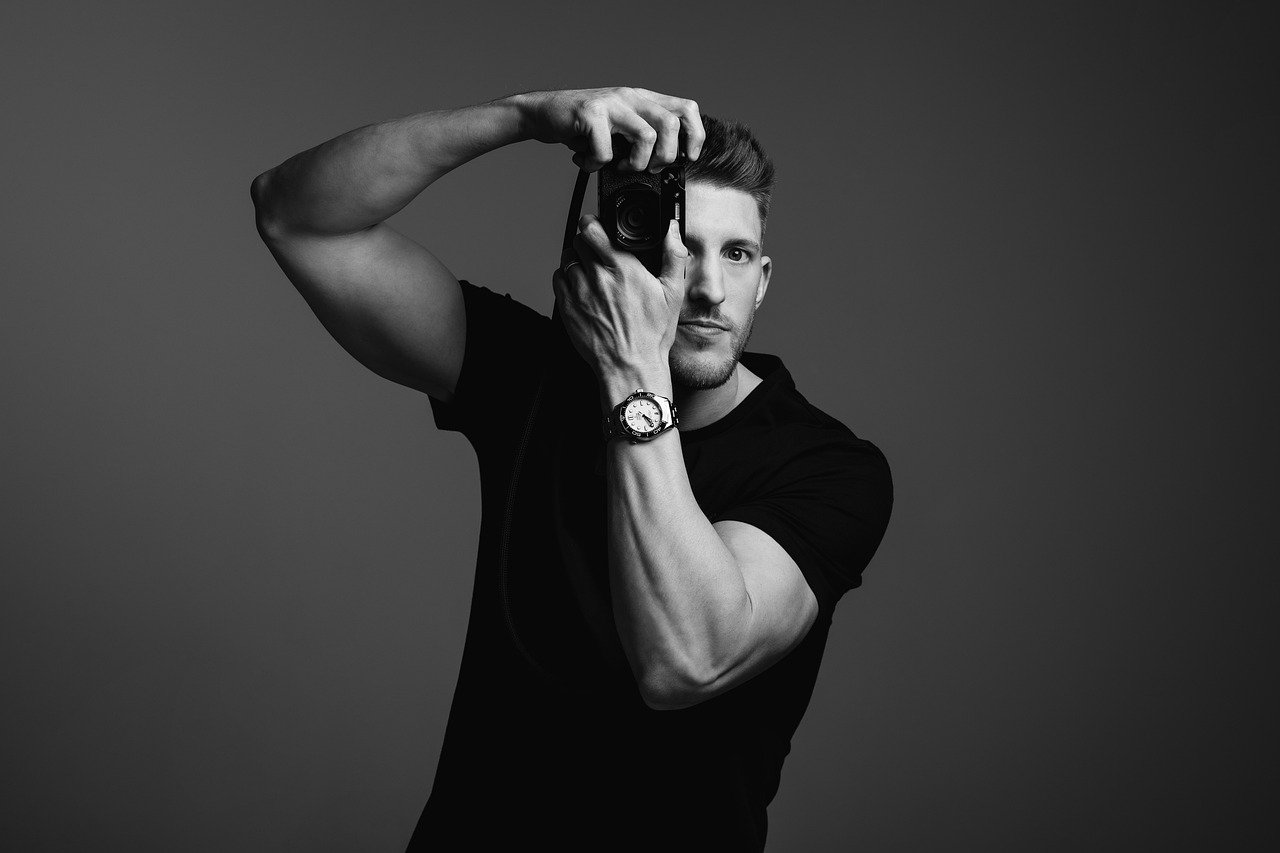
Eye-Level Shots
Exploring various angles can significantly improve the quality and creativity of your travel photography. This article will delve into different angles you can use to capture stunning and unique travel photos.
Eye-level shots offer a natural perspective, capturing scenes as you see them with your own eyes. They provide a sense of intimacy and immediacy, making viewers feel like they are part of the scene.
When taking eye-level shots, you are placing the viewer right in the middle of the action. It's like inviting them to step into the photograph and experience the moment firsthand. This angle is perfect for creating a connection between the viewer and the subject, evoking emotions and drawing them into the story you are telling through your lens.
Imagine standing in a bustling market, capturing the vibrant colors and the hustle and bustle around you at eye level. The viewer feels immersed in the scene, almost able to smell the spices and hear the chatter of the vendors. This angle brings a sense of realism and authenticity to your travel photos, making them relatable and engaging.
Additionally, eye-level shots are great for capturing portraits of people during your travels. By shooting at eye level, you establish a direct connection with your subject, capturing their emotions and expressions in a genuine and compelling way. The eye contact created through this angle can convey a powerful story and evoke empathy from the viewer.
Overall, incorporating eye-level shots into your travel photography can add a personal touch and a sense of immediacy to your images, making them more engaging and memorable for your audience.
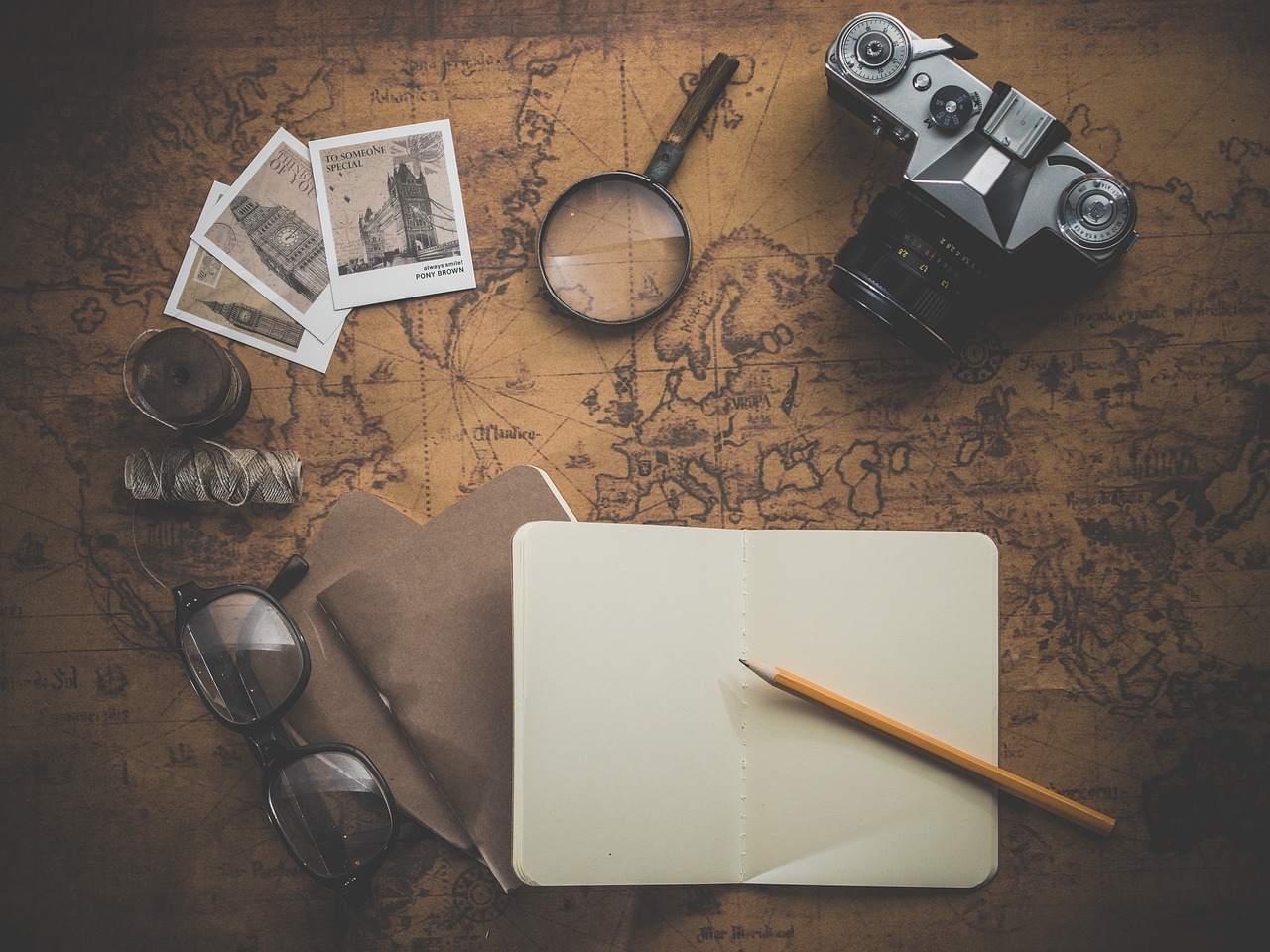
Low-Angle Shots
Exploring various angles can significantly improve the quality and creativity of your travel photography. This article will delve into different angles you can use to capture stunning and unique travel photos.
Low-angle shots involve shooting from a position lower than the subject. This perspective can add drama and impact to your photos, making ordinary subjects appear more imposing and majestic.
When you get down low, the world can take on a whole new perspective. Imagine capturing the grandeur of a towering monument or the power of a crashing wave from a low angle. Your subjects will appear larger than life, commanding attention and leaving a lasting impression on your viewers.
By incorporating low-angle shots into your travel photography, you can infuse a sense of grandeur and drama into otherwise ordinary scenes. Experiment with different angles and see how a simple change in perspective can transform your photos into captivating works of art.
Shooting from a high vantage point provides a bird's eye view of the scene, offering a unique perspective and revealing patterns, shapes, and symmetry that may not be apparent from ground level.
Wide-angle shots allow you to capture expansive landscapes and include more of the surroundings in your frame. They create a sense of depth and scale, immersing viewers in the scene.
Macro photography involves capturing extreme close-up shots of small subjects, revealing intricate details that are often overlooked. This angle can showcase the beauty and complexity of even the tiniest elements in your travel environment.
Overhead shots are taken from above the subject, offering a unique perspective that can highlight patterns, textures, and symmetry. This angle is great for capturing scenes with interesting geometric shapes or repetitive patterns.
Utilizing leading lines in your composition can guide the viewer's eye through the photo and create a sense of depth and movement. By incorporating natural or man-made lines, you can enhance the visual impact of your travel images.
Reflections can add a dynamic and surreal element to your travel photos. By capturing reflections in water, glass, or other reflective surfaces, you can create visually captivating images that play with symmetry and light.
1. How can I find the best angles for my travel photography?
Experiment with different perspectives and angles to see what works best for each scene. Don't be afraid to get creative and try new things.
2. What equipment do I need to capture different angles?
Depending on the angle you want to achieve, you may need different lenses or accessories. For example, a wide-angle lens is great for capturing expansive landscapes, while a macro lens is ideal for close-up shots.
3. How can I make my travel photos more unique?
By incorporating different angles and perspectives, you can add a unique touch to your travel photos. Look for ways to stand out and tell a story through your images.

Bird's Eye View
When it comes to capturing stunning and unique travel photos, one angle that can truly elevate your photography is the Bird's Eye View. This perspective involves shooting from a high vantage point, offering a unique and captivating view of the scene below. It allows you to see patterns, shapes, and symmetry that may not be immediately noticeable from ground level.
Imagine standing atop a tall building or a mountain, looking down at the world below like a bird soaring in the sky. This angle not only provides a different viewpoint but also adds a sense of grandeur and scale to your photos. It can transform ordinary scenes into extraordinary compositions, revealing a whole new dimension of the environment you are capturing.
With a Bird's Eye View, you can showcase the layout of a city, the winding paths of a river, or the intricate details of a bustling market from above. This perspective offers a fresh and intriguing way to present familiar landscapes, creating visually engaging images that draw viewers in and invite them to explore every corner of the frame.
Experimenting with the Bird's Eye View can unlock a world of creative possibilities in your travel photography. Whether you are using a drone to capture aerial shots or finding elevated viewpoints to shoot from, this angle can add a touch of magic and wonder to your photos, transforming them into captivating visual stories.
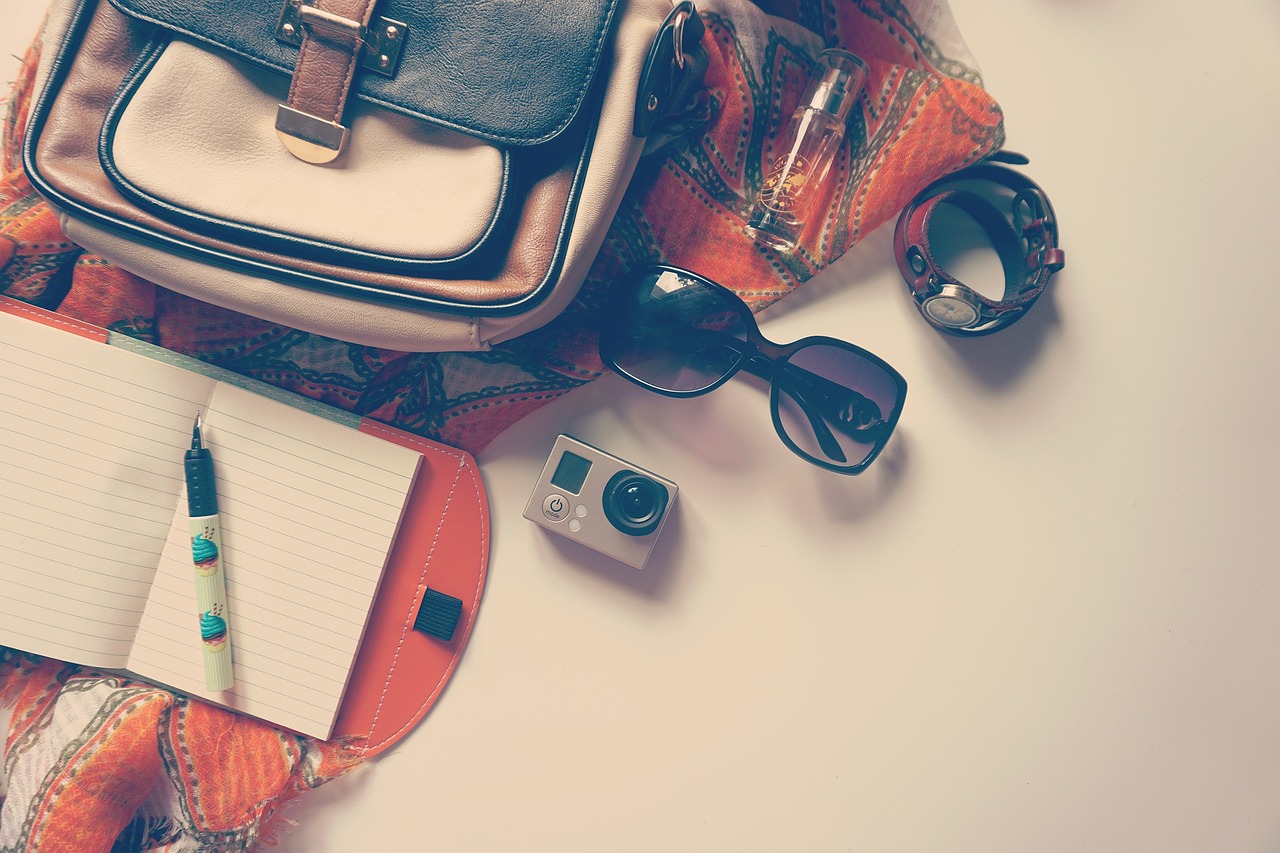
Wide-Angle Shots
Wide-angle shots are a powerful tool in a travel photographer's arsenal, allowing you to capture the grandeur and vastness of landscapes in a single frame. When using a wide-angle lens, you can include more of the surroundings, creating a sense of immersion for the viewer. These shots are perfect for showcasing sweeping vistas, architectural marvels, and expansive natural scenes.
One of the key advantages of wide-angle shots is their ability to convey depth and scale. By including foreground elements in your composition, you can lead the viewer's eye into the scene, creating a sense of three-dimensionality. This technique adds visual interest and helps establish a narrative within the frame.
Wide-angle lenses also excel at capturing dynamic perspectives, making ordinary scenes appear more dramatic and compelling. Whether you're photographing a bustling city street or a serene mountain range, the wide-angle view can transform mundane subjects into captivating visual stories.
When composing wide-angle shots, pay attention to the distortion that can occur near the edges of the frame. Use leading lines and natural framing elements to guide the viewer's gaze towards the focal point of the image. Experiment with different angles and perspectives to find the most engaging composition for your wide-angle shots.

Macro Photography
When it comes to , the magic lies in capturing the intricate details of small subjects that often go unnoticed by the naked eye. This specialized form of photography allows you to zoom in on the tiniest elements in your travel environment, revealing a world of beauty and complexity that is often overlooked.
Imagine being able to showcase the delicate patterns on a butterfly's wings or the tiny water droplets on a flower petal. With macro photography, you can bring these minuscule details to life, allowing viewers to appreciate the stunning intricacies of the natural world up close.
One of the key aspects of macro photography is achieving sharp focus on the subject, as even the slightest movement can result in a blurry image. By using a macro lens or extension tubes, you can get up close and personal with your subject, capturing details with stunning clarity.
Lighting is another crucial factor in macro photography, as proper lighting can make the difference between a mediocre shot and a breathtaking masterpiece. Whether you're using natural light or artificial sources, finding the right balance and angle of light is essential to highlight the textures and details of your subject.
One of the joys of macro photography is the endless possibilities it offers for creative experimentation. From capturing the intricate patterns on a seashell to the tiny hairs on an insect's legs, the world of macro photography is full of surprises waiting to be discovered through your lens.
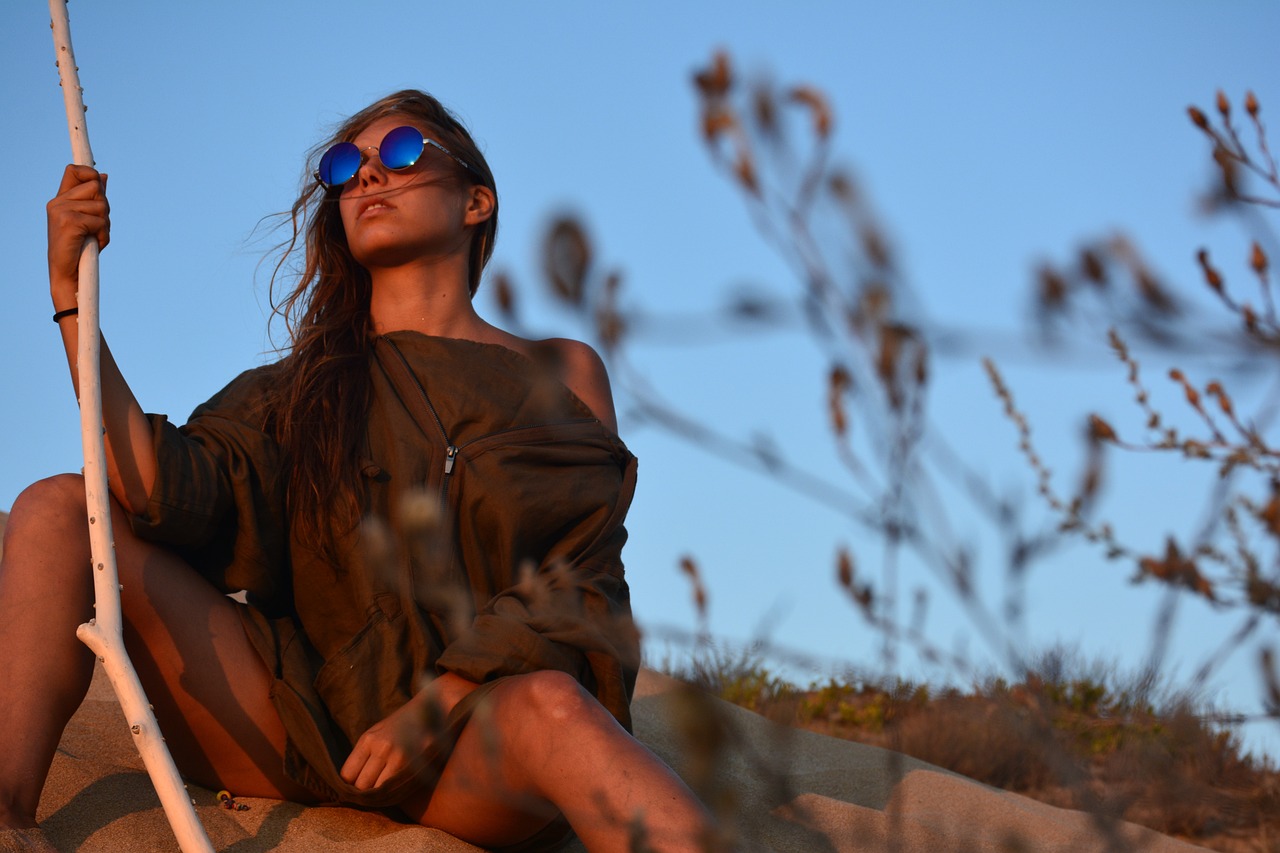
Overhead Shots
When it comes to capturing unique and visually striking travel photos, overhead shots offer a perspective that is both captivating and intriguing. By taking your photos from above the subject, you can showcase scenes in a way that highlights patterns, textures, and symmetry that may not be immediately apparent from ground level. This angle allows you to play with different compositions and perspectives, offering a fresh and innovative approach to your travel photography.
Overhead shots are particularly effective when photographing subjects with interesting geometric shapes or repetitive patterns. The bird's eye view provided by this angle can emphasize the intricacies of the scene, drawing the viewer's eye to details that might otherwise go unnoticed. Whether you're capturing a bustling city street or a natural landscape, overhead shots can add a layer of complexity and visual interest to your travel photos.
One of the key advantages of overhead shots is the ability to create unique compositions that stand out from the typical travel photos. By experimenting with different angles and perspectives, you can transform ordinary scenes into extraordinary works of art. Whether you're shooting from a rooftop, a drone, or a high vantage point, overhead shots allow you to see the world from a new and exciting viewpoint.
Furthermore, overhead shots can also be used to convey a sense of scale and context in your travel photos. By capturing the scene from above, you can show the relationship between different elements within the frame, providing viewers with a comprehensive view of the environment. This can help create a more immersive experience for the viewer, allowing them to feel like they are part of the scene themselves.
Incorporating overhead shots into your travel photography repertoire can elevate your images to new heights, quite literally. By exploring this unique angle, you can add depth, drama, and visual interest to your photos, creating a portfolio that is both diverse and captivating. So, next time you're out exploring the world with your camera, don't forget to look up and consider the beauty of overhead shots for your travel photography.
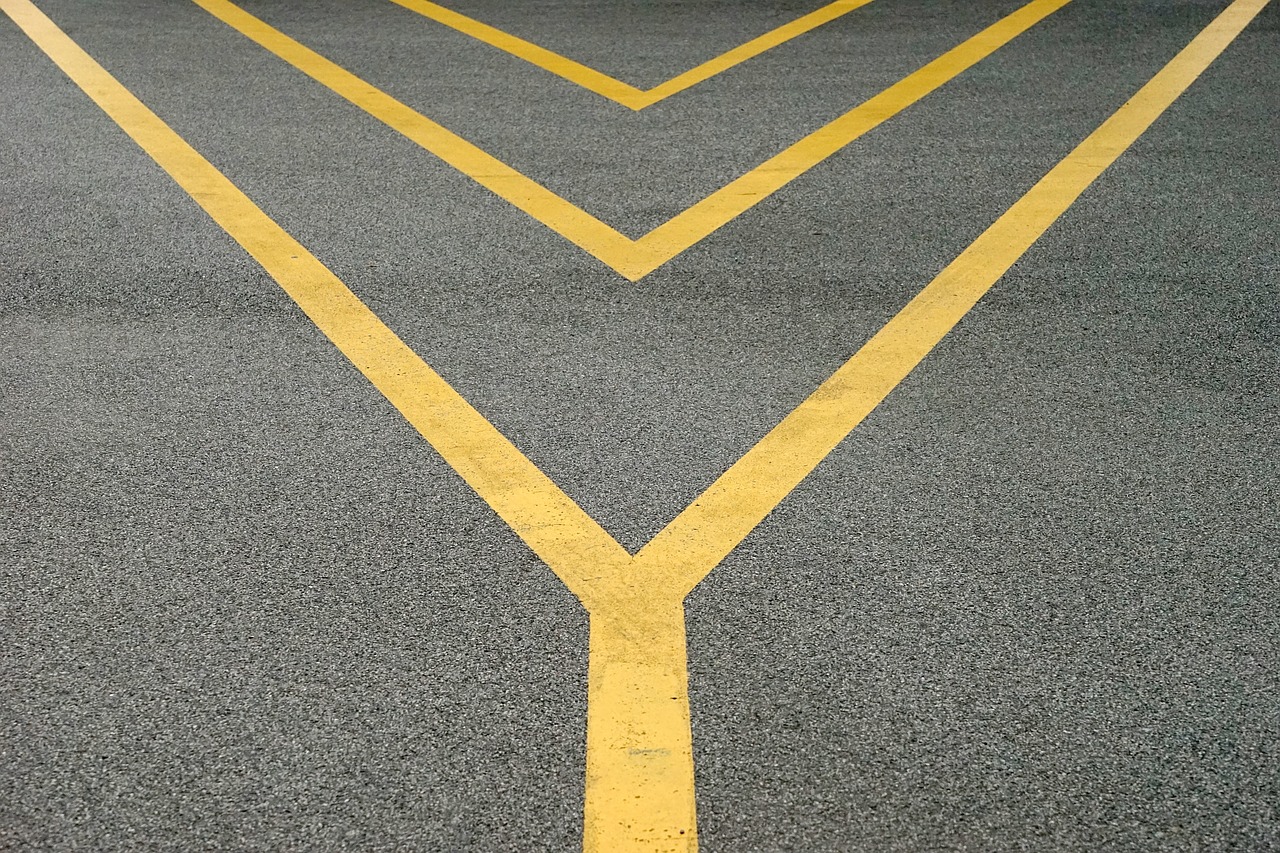
Leading Lines
Exploring various angles can significantly improve the quality and creativity of your travel photography. This article will delve into different angles you can use to capture stunning and unique travel photos.
Utilizing leading lines in your composition can guide the viewer's eye through the photo and create a sense of depth and movement. By incorporating natural or man-made lines, you can enhance the visual impact of your travel images.
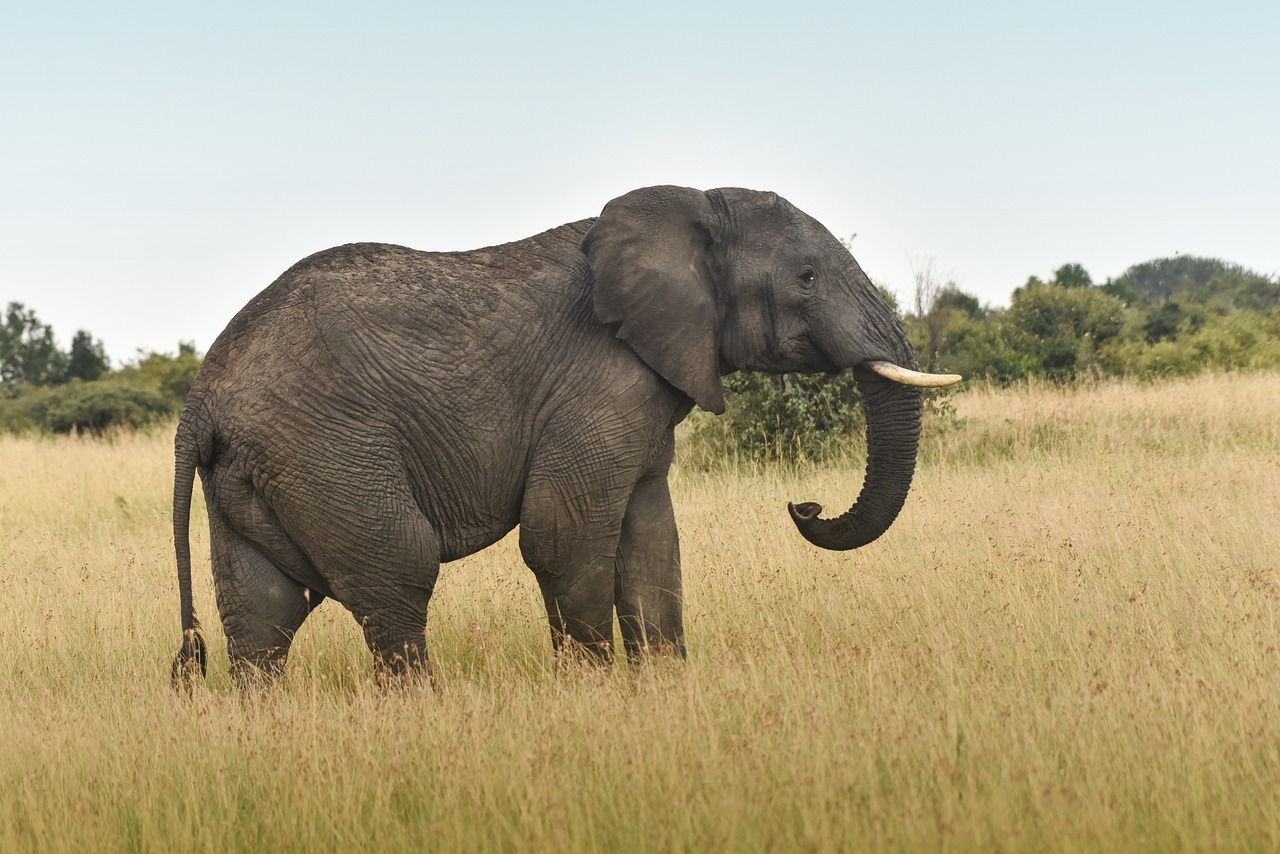
Reflections
Reflections can add a dynamic and surreal element to your travel photos. By capturing reflections in water, glass, or other reflective surfaces, you can create visually captivating images that play with symmetry and light. The mirror-like quality of reflections can create a sense of mystery and intrigue in your photos, drawing viewers in to explore the dual realities captured in the reflection. Whether it's a serene lake reflecting a mountain range, or a cityscape mirrored in a skyscraper's windows, reflections offer a unique visual perspective that can elevate your travel photography to new heights.
Frequently Asked Questions
- What equipment do I need to capture different angles in travel photography?
To capture different angles in travel photography, you can use a variety of equipment such as a DSLR camera, wide-angle lens, tripod for stability, and possibly a drone for aerial shots. However, creativity and a good eye for composition are more important than the gear you use.
- How can I master the technique of capturing reflections in my travel photos?
To capture reflections effectively, look for still bodies of water or reflective surfaces that can mirror the scene you want to photograph. Experiment with angles and perspectives to enhance the reflection's impact and pay attention to lighting conditions for the best results.
- Are there any specific tips for using leading lines in travel photography?
When incorporating leading lines in your composition, look for natural or man-made elements like roads, fences, or rivers that can guide the viewer's eye towards the main subject. Experiment with different angles and perspectives to create a sense of depth and movement in your images.

